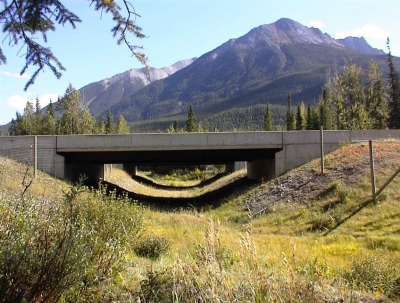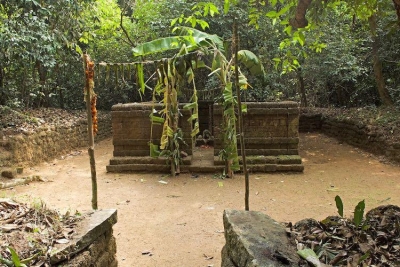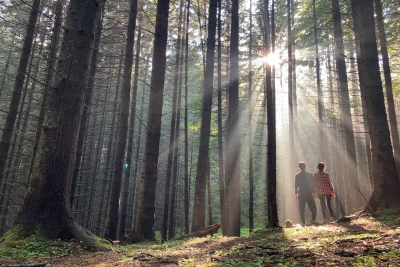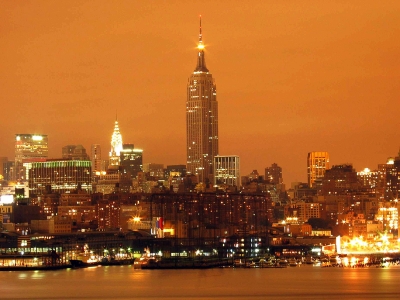
Your carbon footprint is the total amount of greenhouse gases (including carbon dioxide and methane) that are generated by your actions. This includes everything from production, use and end-of-life of a product or service that you consume.
While the global average carbon footprint is close to 4 tons, it is as high as 16 tons per person in a country like the U.S. In order to achieve the net-zero targets that we have set ourselves for 2050, this average figure has to be brought down to under 2 tons per person by then.
This daunting task can be made achievable by breaking it down suitably. By understanding your carbon footprint and reducing it with changes in your lifestyle, it is possible to make a big difference.
HOW CAN YOU CALCULATE YOUR CARBON FOOTPRINT?
There are many online calculators that help you find out your carbon footprint. Most of our daily activities like using electricity, driving a vehicle, or disposing waste. Cause greenhouse emissions. All these emissions together make up our household’s carbon footprint. Transportation, housing and food are the three broad categories that form the bulk of an individual’s carbon footprint. You will need to know the following details to key into a calculator and find out your carbon footprint:
1) Energy usage in your house.
2) Fuel consumption for cooking.
3) Average distances travelled by flights, car, two-wheelers, bus and train.
4) Composition of diet and average money spent on shopping and various other consumables on a weekly/monthly/yearly basis. Once you have a ballpark estimate of these values, you can then enter them into a calculator like this one: v.gd/cfcalc
Your carbon footprint across categories and the total will then be displayed, comparing it with India’s average (if you had used our link) and that of the world’s.
Knowing your carbon footprint is the first step towards reducing it. And when you reduce your carbon footprint, you will not only save the planet, but also increase your own savings.
HOW CAN YOU REDUCE YOUR CARBON FOOTPRINT?
Knowing your carbon footprint is the first step towards taking action. Once you are more aware of the effects of your actions, then it is possible to start with small changes in your lifestyle that might eventually make a big difference.
Here are some pointers that you and your family can act upon
1) Think about how much and how often you travel. Cut down where you can, especially air travel, and try to make the unavoidable trips more climate-friendly.
2) Be conscious of what you are eating. By eating low down the food chain as frequently as you can, you will not only be able to reduce your carbon footprint, but also stay healthier in the process. Eating everything on the plate is also very important as wasting less food helps you cut down on your carbon footprint while also saving you some money.
3) Make small changes in your home. Be it turning off lights and appliances when not in use, choosing renewables, recycling products, or making your home more energy efficient, there are plenty of things that you can do to save energy and money.
4) By buying less, shopping sustainably and adding your voice to the climate change discussion, you will be able to achieve more towards saving our planet.
Picture Credit : Google






